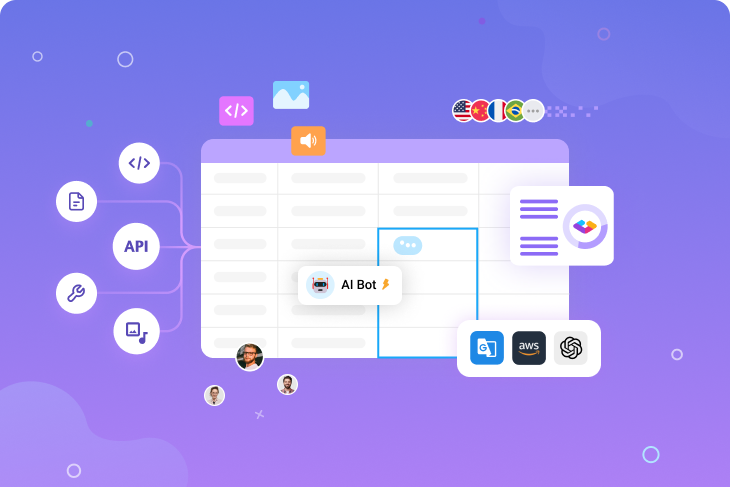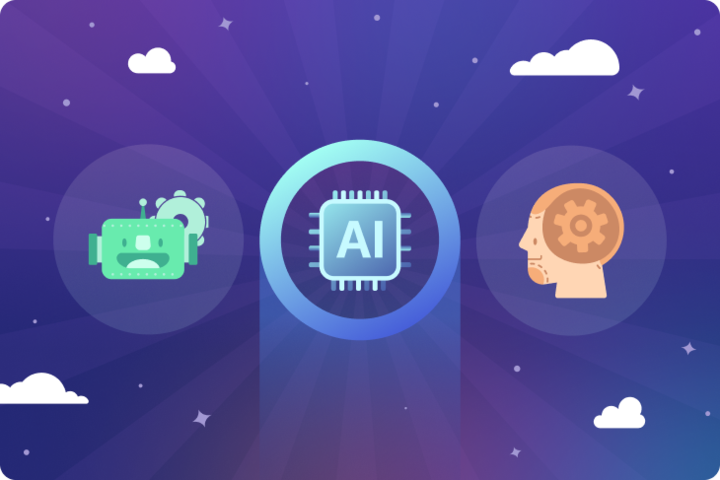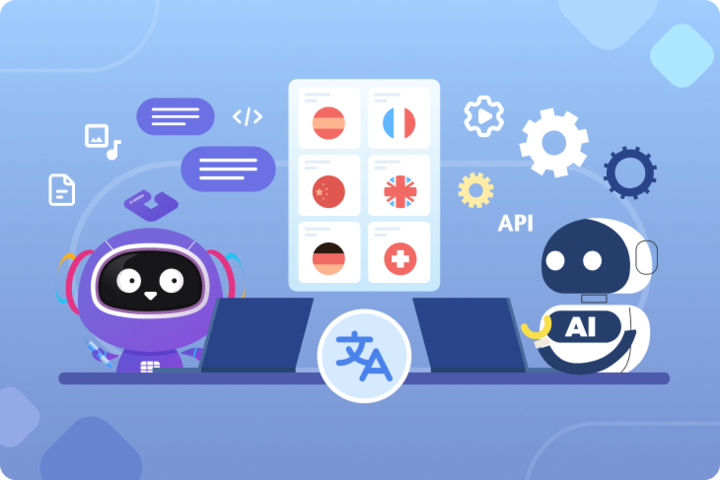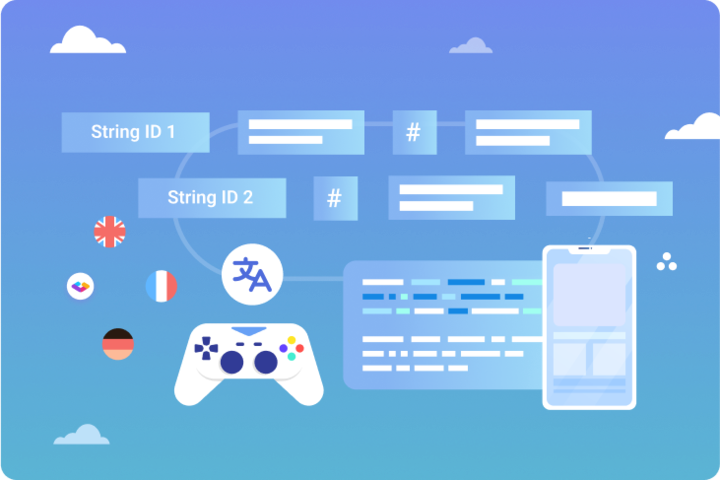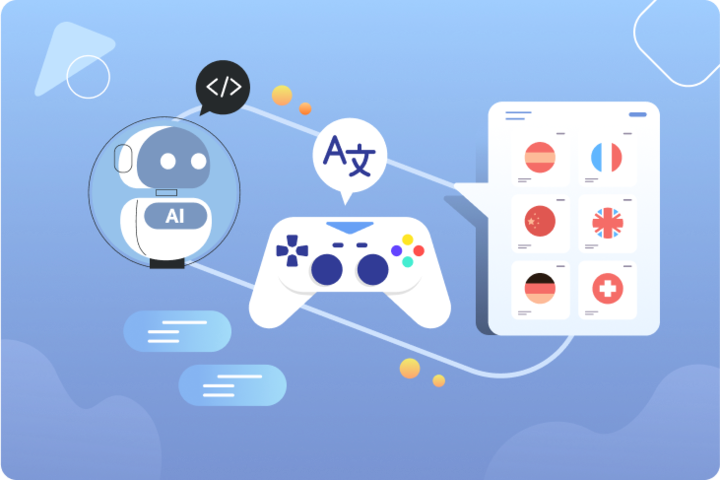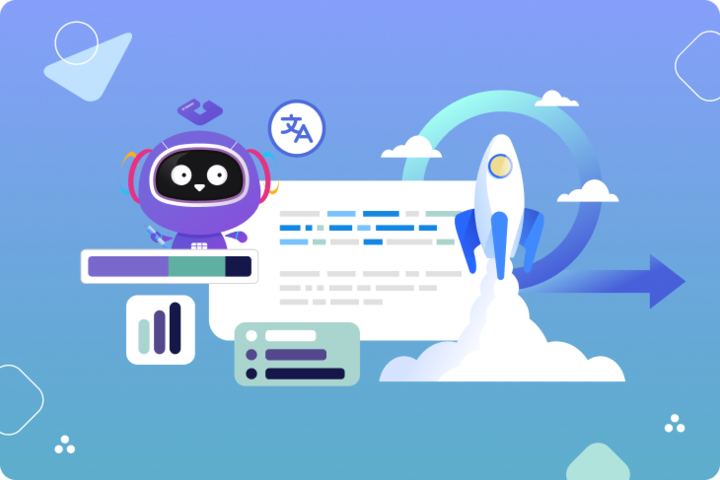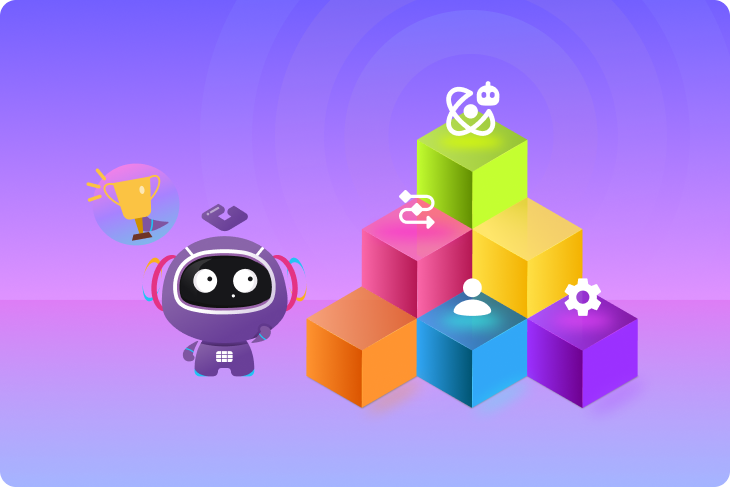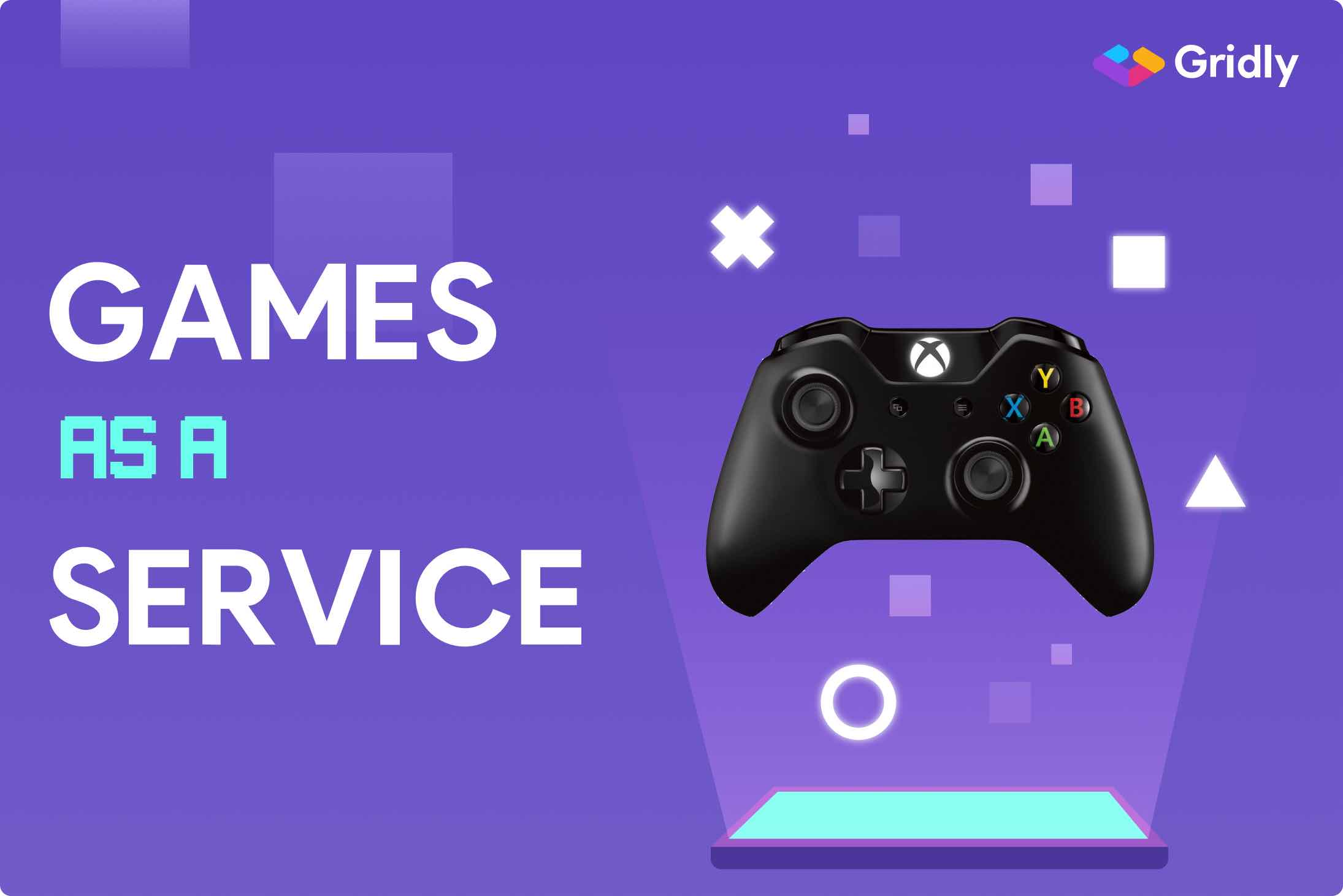In today’s interconnected world, translation software has become an indispensable tool for businesses expanding beyond language barriers. Whether you’re a global enterprise or a growing company, understanding translation software is crucial for effective international communication and market expansion.
This guide explores the essential aspects of translation software, from core features and business benefits to implementation strategies and selection criteria. We’ll examine how modern solutions are transforming language translation and helping businesses succeed in global markets.
What’s covered:
- Understanding modern translation software
- Business applications of translation software
- Key components of translation software
- How translation software benefits your business
- Implementing translation software successfully
- Selecting the right translation software solution
- Level up your translations with Gridly
- Conclusion
Understanding modern translation software
What is translation software?
Translation software encompasses tools and platforms that facilitate the conversion of content from one language to another. Unlike basic translation tools that simply substitute words, professional translation software provides an ecosystem for managing multilingual content.
The landscape of translation software includes three distinct solutions:
-
Computer-assisted translation (CAT) platforms: Used by professional translators as their primary tool, these systems divide content into digestible segments, maintain consistency through translation memories, and streamline the translation process while preserving quality.
-
Machine translation (MT) platforms: Suitable for large organizations requiring rapid translation of large content volumes. While these automated systems excel at speed and efficiency, they work best when paired with human oversight to ensure accuracy and cultural appropriateness.
-
Translation management systems (TMS): For managing complex translation projects. These enterprise-level platforms bring together automation tools, workflow management, and analytics in one system. They coordinate everything from initial translation through final review, making them ideal for businesses handling translation projects at scale.
Translation software in the localization project lifecycle
Translation software serves as a critical component throughout the entire localization journey, from initial content analysis to final delivery. It provides the necessary tools for each stage of the process:
-
Content analysis: Translation software is used to analyze source content, identify word counts, repetitions, and potential translation memory matches to help project managers plan resources and estimate costs effectively.
-
Content preparation: During this stage, the software processes source files, extracting translatable text while preserving formatting and structure, and applies translation memory matches to simplify the upcoming translation work.
-
Translation & coordination: Translators work within the translation software while utilizing translation memories, glossaries, and machine translation suggestions. Project managers track progress and coordinate team efforts.
-
Quality assurance: The software runs checks for terminology consistency, formatting, completeness, and compliance with project specifications.
-
Delivery: In the final stage, the software compiles and exports the localized content in the required formats, ensuring all files maintain their original structure and are ready for implementation.
Business applications of translation software
The most common business applications of translation software include:
-
Document and content translation forms the backbone of most translation needs. From legal contracts to marketing materials, these tools ensure accurate and consistent translation of business documents while preserving formatting and style.
-
Website and software localization enables companies to create local versions of their digital presence. This goes beyond simple translation to include cultural adaptation, currency changes, and regional content adjustments.
-
Technical documentation management helps companies maintain complex technical materials across multiple languages. This is crucial for product manuals, specifications, and support documentation where accuracy is paramount.
-
Marketing material adaptation ensures promotional content resonates with local audiences while maintaining brand consistency. This includes adapting campaigns, social media content, and advertising materials for different markets.
-
Customer support communication facilitates multilingual customer service through consistent translation of support materials, FAQs, and communication templates.
Key components of translation software
The effectiveness of modern translation software relies on several key components. Together, these features create an all-in-one solution for managing multilingual content effectively.
Translation memory
Translation memory serves as a fundamental component of modern translation software. It functions as an intelligent database that stores all previously translated content for future use. When a translator works on new content, the system automatically identifies text segments that match or partially match previously translated content, suggesting these translations for reuse. This not only ensures consistency across all translations but also significantly reduces time and cost by eliminating repetitive work. As more content gets translated, the more comprehensive translation memory becomes, improving the efficiency of future projects.
Glossary management
The glossary system acts as a centralized terminology database that ensures consistent language use across all content. It plays a crucial role in maintaining brand integrity by enforcing consistent use of brand names and trademarks across all languages. This is particularly important in technical fields like healthcare and engineering, where precise terminology is non-negotiable. The glossary also helps maintain consistent corporate terminology by providing translators with approved terms and usage guidelines.
Quality assurance tools
Modern translation software includes sophisticated localization quality assurance (LQA) systems that automatically maintain high standards across all translations. These built-in tools continuously monitor terminology consistency throughout documents and across projects, immediately flagging any deviations from established standards.
The system ensures proper formatting of numbers, dates, units, and special characters according to local conventions, while also checking for completeness to prevent any content from being accidentally omitted. Language-specific rules and customizable style guides help maintain grammar and spelling accuracy, while cultural appropriateness screening prevents potential sensitivity issues in target markets.
Collaboration capabilities
Translation teams can work together seamlessly through collaboration features. Team members can work simultaneously on projects through real-time editing and review capabilities while maintaining precise version control.
The system facilitates direct communication through integrated comment and feedback systems, allowing translators, reviewers, and project managers to discuss specific translations within their proper context. Built-in progress tracking provides clear visibility into project status, deadlines, and individual contributor performance.
To maintain security and workflow integrity, role-based access control ensures team members have appropriate permissions for their responsibilities, while version management maintains a complete history of all translations and revisions.
Machine translation
Translation software commonly includes machine translation capabilities to handle large volumes of content efficiently. This component automatically translates text using advanced algorithms, linguistic rules, neural networks, or even generative artificial intelligence, providing a first draft that human translators can refine and perfect.
Machine translation proves particularly valuable for certain types of content. Technical documentation, internal communications, and user-generated content often benefit from this rapid translation approach. When combined with human expertise, machine translation can significantly accelerate project timelines while maintaining quality standards.
However, machine translation works best as part of an integrated approach. While it excels at handling straightforward, factual content, creative or nuanced materials typically require more human intervention.
How translation software benefits your business
The implementation of translation software yields multiple benefits that directly impact your bottom line and global market presence. Let’s explore these key advantages in detail.
Improved efficiency
Translation software dramatically reduces project timelines by cutting down manual and repetitive tasks. By utilizing translation memory and content reuse, translators can focus on new content rather than repeatedly translating the same phrases.
The software automates routine tasks such as file handling, format conversion, and quality checks, creating a lean end-to-end translation process. Additionally, collaboration features handle task assignments and progress tracking, while enabling multiple team members to work simultaneously on different parts of the same project.
Quality consistency
Achieving consistent quality across all translated content becomes straightforward with professional translation software. The system enforces standardized terminology through integrated databases and glossaries, while automated quality checks identify potential errors and inconsistencies.
Global market access
Translation software removes barriers to international expansion by enabling rapid market entry. Organizations can maintain a consistent brand voice while adapting to local preferences and cultural nuances in each market. The software’s scalable nature allows businesses to efficiently manage multiple languages and projects simultaneously, supporting continuous global growth.
Cost optimization
The ability to reuse previously translated content from translation memories eliminates redundant translation expenses. Using machine translation as an initial step helps reduce the overall costs associated with human translation services. Modern translation software integrates multiple tools into a single platform, streamlining localization projects by eliminating the need for separate applications. These combined efficiencies result in substantial cost reductions.
Implementing translation software successfully
A successful translation software implementation requires careful planning and systematic execution. Here’s a framework to ensure your organization maximizes the value of its translation software investment.
Needs assessment
A thorough evaluation of your organization’s translation requirements forms the foundation of successful implementation. Begin by analyzing your content volume and types to understand the scale and complexity of your translation needs, considering both current requirements and potential future growth.
Consider the target languages you’ll need to support, including regional variants and specific market requirements. Evaluate your internal team capabilities and identify any gaps that may require additional training or external resources.
Review your existing technology infrastructure to determine integration requirements with content management systems, marketing platforms, and other business tools. Finally, assess your budget constraints and calculate the expected return on investment over time.
Team preparation
Get your team ready for the new translation workflow. Clear communication of objectives and benefits to all stakeholders ensures buy-in and cooperation across the organization.
Develop training programs tailored to different user roles and responsibilities. Define clear roles and responsibilities for each team member involved in the localization process. Establish well-documented workflows that outline how content moves through the translation process from start to finish.
Technical considerations
Your translation software must work seamlessly with your existing technology stack. Ensure compatibility with your content management systems that store and manage original content, as well as marketing platforms used for campaign management and content distribution. A well-integrated system creates a smooth workflow and maximizes the efficiency of your translation process.
Selecting the right translation software solution
Choosing the appropriate translation software is a critical decision that impacts your organization’s ability to communicate effectively across languages. Consider these essential factors in your selection process:
-
Scalability: Your translation software should grow with your business, handling increasing content volumes and language pairs without performance issues. Look for solutions that can scale both in terms of content capacity and user access.
-
Integration capabilities: Modern translation workflows require seamless connection with your existing tools and systems. The software should offer robust APIs, support common file formats, and integrate with popular content management systems.
-
Support & training: Reliable support and thorough training resources are crucial for successful implementation. Evaluate the vendor’s support channels, response times, and available training materials.
-
Security features: Protection of your translation assets is paramount. Look for role-based access control, secure data transmission, and audit capabilities.
-
User experience: The software should be intuitive enough for occasional users while providing powerful features for power users. A user-friendly interface reduces training time and increases adoption.
Level up your translations with Gridly
Gridly is an all-in-one localization platform that can meet all the criteria above. Here is how Gridly transforms your localization process:
Smart translation features
Speed up your translations with built-in translation memory that automatically suggests matches from previous work. Glossary in Gridly ensures consistency across all your content while machine translation helps kickstart your translations when needed.

Auto-suggestions by the translation memory in Gridly
User friendly interface
Navigate complex translation projects with ease through Gridly’s intuitive spreadsheet-like interface. Search, filter, and sort content just like you would in a spreadsheet, making it accessible for team members of all technical levels. Customizable views let you focus on the content that matters most, while keyboard shortcuts help speed up common tasks.
Quality control made simple
Gridly keeps your translations consistent and error-free with localization quality assurance (LQA) tools. Flag potential issues before they reach production, maintain terminology consistency, and ensure formatting stays intact across all languages.
Seamless team collaboration
Bring your entire translation team together in one platform. Translators, reviewers, and project managers can work simultaneously, exchange feedback through in-context comments, and track project progress in real-time. Role-based access ensures everyone has the right permissions for their tasks.

Gridly offers real-time collaboration and communication through tickets.
Flexible integrations
Gridly also offers a wide range of integrations with Unity, DeepL, OpenAI, Google Sheets, etc. assuring high compatibility with various tech stacks. Import and export content in multiple formats including CSV, JSON, PO, and XLSX. Create automated workflows with webhooks and connect your development pipeline for continuous localization.
Gridly automation in action.
Get started with Gridly today and enjoy a 14-day free trial
Conclusion
Translation software is a critical tool for businesses operating in multiple languages. By understanding its core components, benefits, and implementation requirements, organizations can make informed decisions about adopting and utilizing these solutions effectively. Focus on choosing a solution that meets both current needs and future growth requirements while maintaining security and quality standards.
Remember that successful implementation relies not just on choosing the right software, but also on proper planning, team preparation, and ongoing optimization of processes and workflows. With the right approach, translation software can become a powerful asset in your global business strategy, enabling efficient and accurate communication across language barriers.
